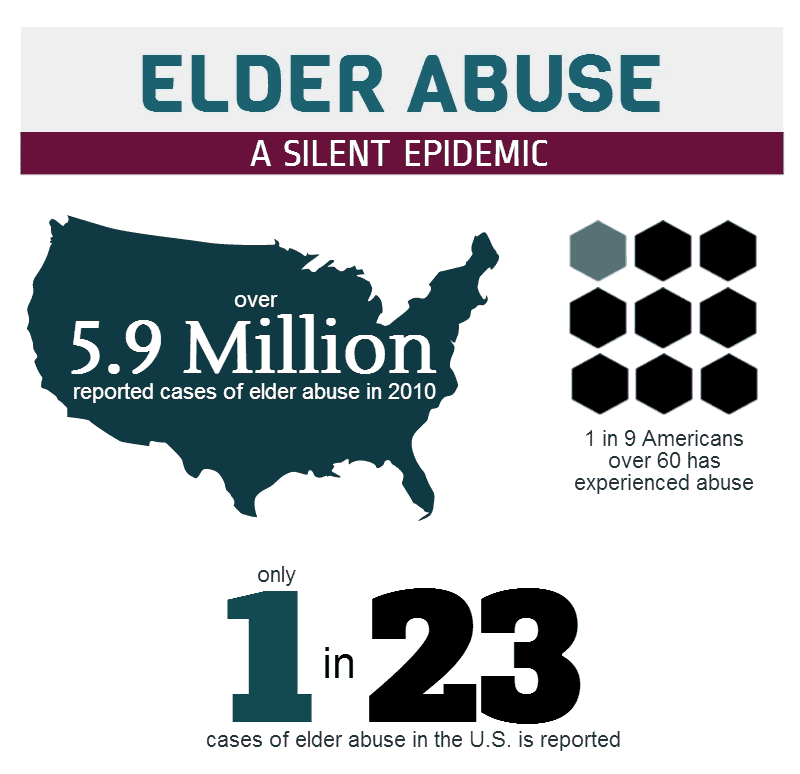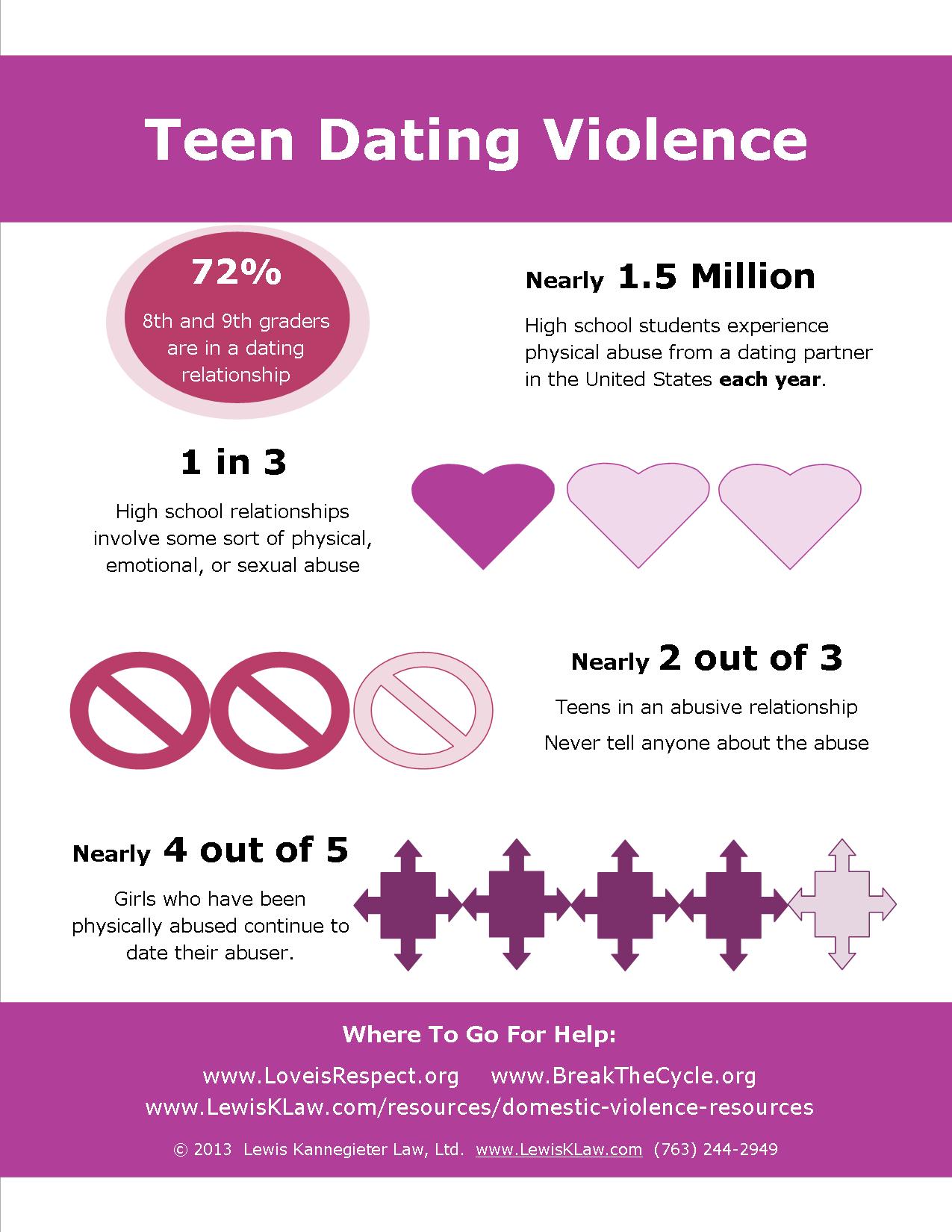Abuse nursing statistics elder types negligence infographic lawyers
Table of Contents
Table of Contents
Elder abuse is a serious problem that affects many seniors in the US. According to recent elder abuse statistics, nearly one in ten Americans aged 60 and over have experienced some form of elder abuse. This is a disturbing trend that needs to be addressed.
Pain Points Related to Elder Abuse Statistics
One of the most troubling aspects of elder abuse statistics is that it is often underreported. Many seniors are afraid to speak up about elder abuse, either because they are ashamed or they fear retaliation from their abusers. This means that the actual number of seniors affected by elder abuse could be much higher than reported.
Who is the Target of Elder Abuse Statistics?
The target audience for elder abuse statistics is anyone who cares about the well-being of seniors. This includes family members, caregivers, healthcare professionals, and policymakers. By understanding the scope of the problem, we can work together to prevent and address elder abuse.
Main Points Related to Elder Abuse Statistics
It is important to remember that elder abuse can take many forms, including physical, emotional, sexual, and financial abuse, as well as neglect. Risk factors for elder abuse include isolation, physical or mental impairment, and dependency on others for care. By raising awareness of elder abuse statistics, we can help identify and prevent instances of abuse, and ensure that seniors are able to live their lives with dignity and respect.
The Truth About Elder Abuse Statistics
As a caregiver for my grandfather, I have seen firsthand how important it is to be aware of elder abuse statistics. My grandfather was once the victim of financial exploitation by a family member, and it was a devastating experience for all of us. That’s why I want to share some more information about elder abuse statistics, to help raise awareness of this important issue.
 According to elder abuse statistics, seniors who are socially isolated and have little support are particularly vulnerable to abuse. This can include financial exploitation, neglect, physical and emotional abuse, and sexual abuse. It is important to be aware of the warning signs of elder abuse, which can include unexplained injuries, sudden changes in behavior, and financial discrepancies. If you suspect someone is being abused, it is important to speak up and report your concerns to the proper authorities.
According to elder abuse statistics, seniors who are socially isolated and have little support are particularly vulnerable to abuse. This can include financial exploitation, neglect, physical and emotional abuse, and sexual abuse. It is important to be aware of the warning signs of elder abuse, which can include unexplained injuries, sudden changes in behavior, and financial discrepancies. If you suspect someone is being abused, it is important to speak up and report your concerns to the proper authorities.
Types of Elder Abuse Statistics
Elder abuse statistics can be broken down into several categories. One of the most common forms of elder abuse is financial exploitation, which can include scams, theft, and fraud. Physical abuse is another prevalent type of elder abuse, and can include hitting, pushing, or neglecting to provide basic care. Emotional abuse can take many forms, including verbal abuse, threats, and isolation. Sexual abuse is another type of elder abuse that can have devastating consequences. By understanding the different types of elder abuse, we can better identify and address instances of abuse.
Risk Factors for Elder Abuse
There are several risk factors for elder abuse, including social isolation, physical or mental impairment, and dependency on others for care. Additionally, seniors with a history of trauma are more likely to experience elder abuse. It is important for caregivers and family members to be aware of these risk factors, and to take steps to prevent elder abuse before it happens.
Elder Abuse Prevention
There are several steps that caregivers and family members can take to prevent elder abuse. This includes encouraging socialization, monitoring financial accounts, and being aware of changes in behavior or mood that could indicate abuse. Caregivers should also be aware of their own stress levels, and seek support when needed. By working together, we can help prevent elder abuse and ensure that all seniors are treated with the respect and dignity they deserve.
Personal Experience with Elder Abuse Statistics
As a caregiver for my grandfather, I have seen firsthand the devastating effects of elder abuse. It can be difficult to navigate the complexities of elder abuse statistics, and to understand the different types of abuse that can occur. However, it is important to be aware of these statistics, and to take steps to prevent elder abuse before it happens. By working together, we can help create a world where all seniors are treated with kindness, respect, and dignity.
Question & Answer about Elder Abuse Statistics
Q1: What are the Warning Signs of Elder Abuse?
A: Some warning signs of elder abuse include unexplained injuries, sudden changes in behavior, and financial discrepancies.
Q2: What are the Different Types of Elder Abuse?
A: There are several types of elder abuse, including financial exploitation, physical abuse, emotional abuse, and sexual abuse.
Q3: Who is at Risk for Elder Abuse?
A: Risk factors for elder abuse include social isolation, physical or mental impairment, and dependency on others for care.
Q4: What Can Be Done to Help Prevent Elder Abuse?
A: Caregivers and family members can take several steps to prevent elder abuse, including encouraging socialization, monitoring financial accounts, and being aware of changes in behavior or mood that could indicate abuse.
Conclusion of Elder Abuse Statistics
Elder abuse is a serious problem that affects many seniors in the US. By understanding the scope of the problem, we can work together to prevent and address elder abuse. It is important to be aware of the different types of elder abuse and to take steps to prevent abuse before it happens. By working together, we can ensure that all seniors are treated with the respect and dignity they deserve.
Gallery
Elder Abuse Statistics: A Silent Epidemic - Infographic

Photo Credit by: bing.com / abuse elder silent statistics adult infographic statistic epidemic report department human services aging agency western area connecticut
Lehigh Valley Ramblings: Elder Abuse Is Real

Photo Credit by: bing.com / abuse elder statistics types elderly neglect financial type physical united states national nursing charts marriage population emotional justice elders center
INFOGRAPHIC: The Truth About Elder Abuse - Elder Protection Center

Photo Credit by: bing.com / abuse elder infographic statistics truth physical window open click
Elder Abuse Statistics | St. Louis, MO | Elder Law Attorney

Photo Credit by: bing.com / elder abuse statistics elderly sum signs every case
Nursing Home Negligence Lawyers - Mazow | McCullough, PC

Photo Credit by: bing.com / abuse nursing statistics elder types negligence infographic lawyers





